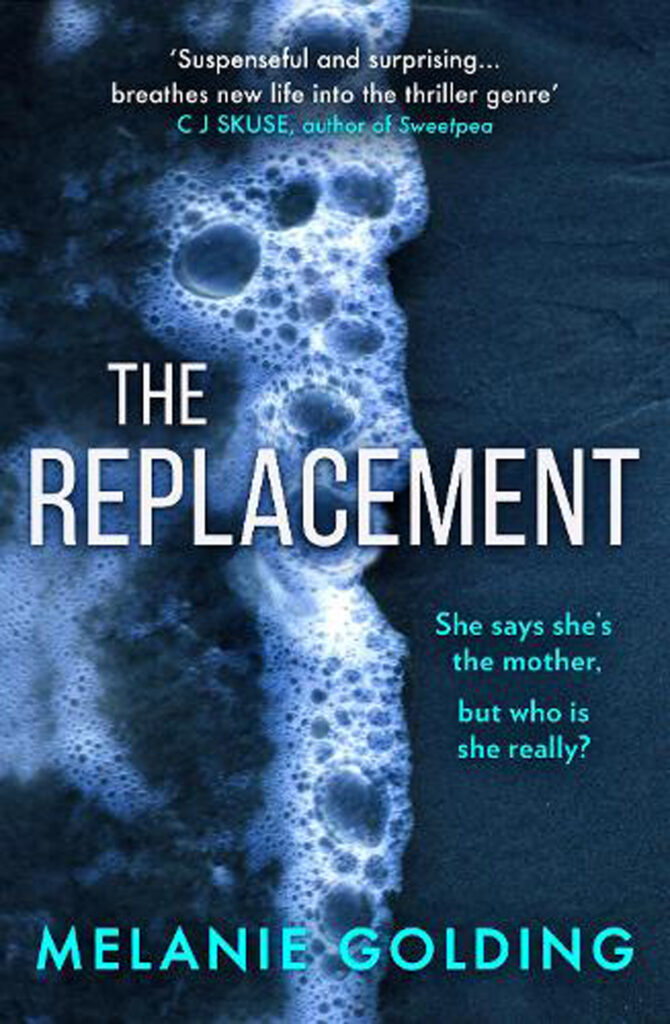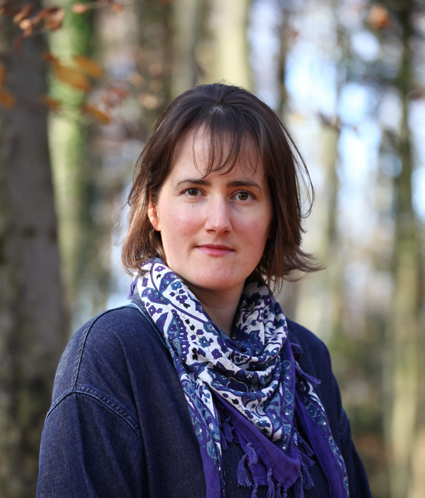Melanie Golding, The Replacement
Review by Lee Horsley
Part psychological thriller, part police procedural and part dark fairy tale, The Replacement (2021) continues the police procedural framework of Golding’s debut novel, the hugely successful Little Darlings (2020), and similarly draws on powerful folk myths. In the more usually prosaic world of the police procedural, Golding’s central protagonist is the strong-willed, intuitive DS Joanna Harper, whose own life has been shaped by the disturbing fluidity of human relationships.
One of the novel’s most important relationships is the difficult kinship between Joanne and her estranged daughter Ruby, born when Joanna was only in her early teens so raised not as her daughter but as her sister. The complex connections between these dual protagonists are interwoven with a tense, haunting narrative that tells a story of human loss and isolation. Harper’s approach to the case exemplifies her instinctive sense of what detection involves:
“Cases came together for Harper all at once like illusions, puzzle pieces falling randomly until she took a step in a different direction and suddenly it would come to her: the links, the gaps, shining a light on it all so she could see the way through. She turned each fact over, searching for the kinks, the points at which each one joined the rest: first, a child abandoned on the seafront; a mysterious woman disappearing…”
The underlying mythic structure is centred on themes of displacement and entrapment, drawing on the folktales in which a selkie briefly takes human form by shedding their sealskin. Should their skin be stolen, the selkie, unable to escape from the human world, is left trapped and longing for a lost undersea home. The themes of home and homelessness are threaded through the plot, with Ruby, who has fled her childhood home, drawn inexorably into the incomprehensibly strange family in the flat across from her own: the intriguing Gregor, a mysterious woman and her beautiful child – the “strange, ethereal” Constance, who seems to Ruby “so faded and distant, as if she had one foot in another world”.
Golding’s absorbing novel expertly draws together the mythic and the procedural to craft an intricate story full of mystery, longing, loss. It is a tale of shape-shifting and transformation, in which we are compelled both by the mythology of the selkie who takes the form of a human woman and by the far darker story with which the selkie’s fate is interwoven: the story of a deadly human predator who steals the identities of those whose lives and wealth he wants to possess or inhabit, and who is willing to go to any lengths to secure his thefts.


